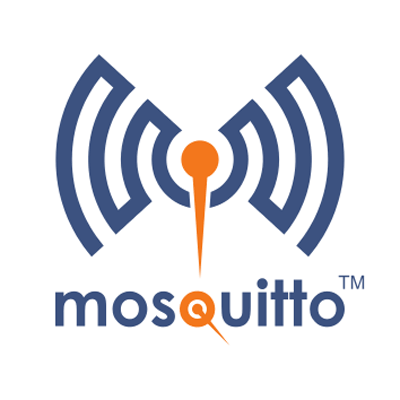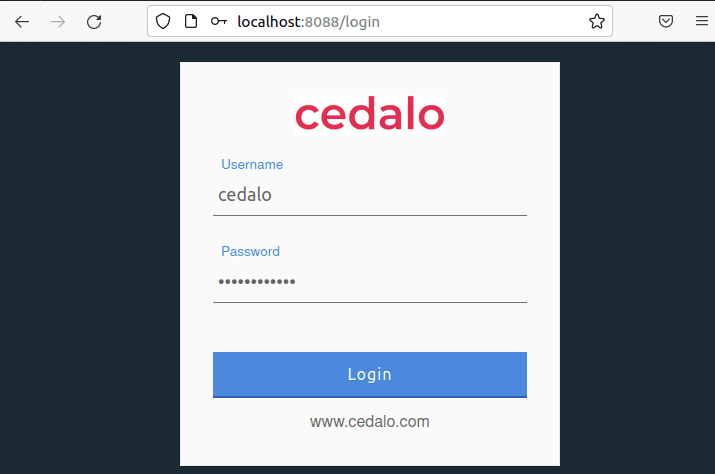How To Install Eclipse Mosquitto on Ubuntu 22.04 LTS

In this tutorial, we will show you how to install Eclipse Mosquitto on Ubuntu 22.04 LTS. For those of you who didn’t know, Mosquitto is an open-source message broker that uses the Message Queuing Telemetry Transport (MQTT) Protocol. It implements MQTT protocol versions 5.0, 3.1.1, and 3.1. And because of its low power consumption, it can be used on boards like Raspberry pi.
This article assumes you have at least basic knowledge of Linux, know how to use the shell, and most importantly, you host your site on your own VPS. The installation is quite simple and assumes you are running in the root account, if not you may need to add ‘sudo‘ to the commands to get root privileges. I will show you the step-by-step installation of the Eclipse Mosquitto (Message Queuing Telemetry Transport) on Ubuntu 22.04 (Jammy Jellyfish). You can follow the same instructions for Ubuntu 22.04 and any other Debian-based distribution like Linux Mint, Elementary OS, Pop!_OS, and more as well.
Prerequisites
- A server running one of the following operating systems: Ubuntu 22.04, 20.04, and any other Debian-based distribution like Linux Mint.
- It’s recommended that you use a fresh OS install to prevent any potential issues.
- SSH access to the server (or just open Terminal if you’re on a desktop).
- An active internet connection.
- A
non-root sudo useror access to theroot user. We recommend acting as anon-root sudo user, however, as you can harm your system if you’re not careful when acting as the root.
Install Eclipse Mosquitto on Ubuntu 22.04 LTS Jammy Jellyfish
Step 1. First, make sure that all your system packages are up-to-date by running the following apt commands in the terminal.
sudo apt update sudo apt upgrade sudo apt install wget apt-transport-https gnupg2 software-properties-common
Step 2. Installing Eclipse Mosquitto on Ubuntu 22.04.
By default, Mosquitto is not available on Ubuntu 22.04 base repository. Now run the following command below to add the Audacious unofficial PPA repository to your Ubuntu system:
sudo add-apt-repository ppa:mosquitto-dev/mosquitto-ppa
Then, run the following command to install the Eclipse Mosquitto:
sudo apt update sudo apt install mosquitto mosquitto-clients
Check the installed version:
mosquitto -version
Step 3. Configure Mosquitto Web UI.
We need the Docker platform on our Ubuntu to access this management interface.
For additional resources on installing Docker, read the post below:
If you already have docker installed can run the given command below:
docker run -it -v ~/cedalo_platform:/cedalo cedalo/installer:2-linux
After completing the process of installation, you will have the cedalo_platform directory under your /home with all the required files we need to start this Mosquitto GUI management interface:
cd ~/cedalo_platform sh start.sh
Step 4. Configure Firewall.
Now we set up an Uncomplicated Firewall (UFW) with Mosquitto to allow public access on default web ports 8088:
sudo ufw allow OpenSSH sudo ufw allow 8088 sudo ufw enable
Step 5. Accessing Eclipse Mosquitto Web Interface.
Once successfully installed, open your web browser and access the Eclipse Mosquitto Web interface using the URL http://Your-IP-address:8088. You will be redirected to the following page:

If it asks for the username and password, the default credentials are User: cedalo Password: mmcisawesome. To change them we can edit the docker-compose.yml file. Also, the Eclipse Mosquitto connection URL is: mqtt://your-IP-address:1883
Congratulations! You have successfully installed Mosquitto. Thanks for using this tutorial for installing Eclipse Mosquitto (Message Queuing Telemetry Transport) on Ubuntu 22.04 LTS Jammy Jellyfish system. For additional help or useful information, we recommend you check the Mosquitto website.